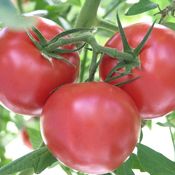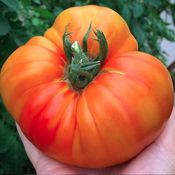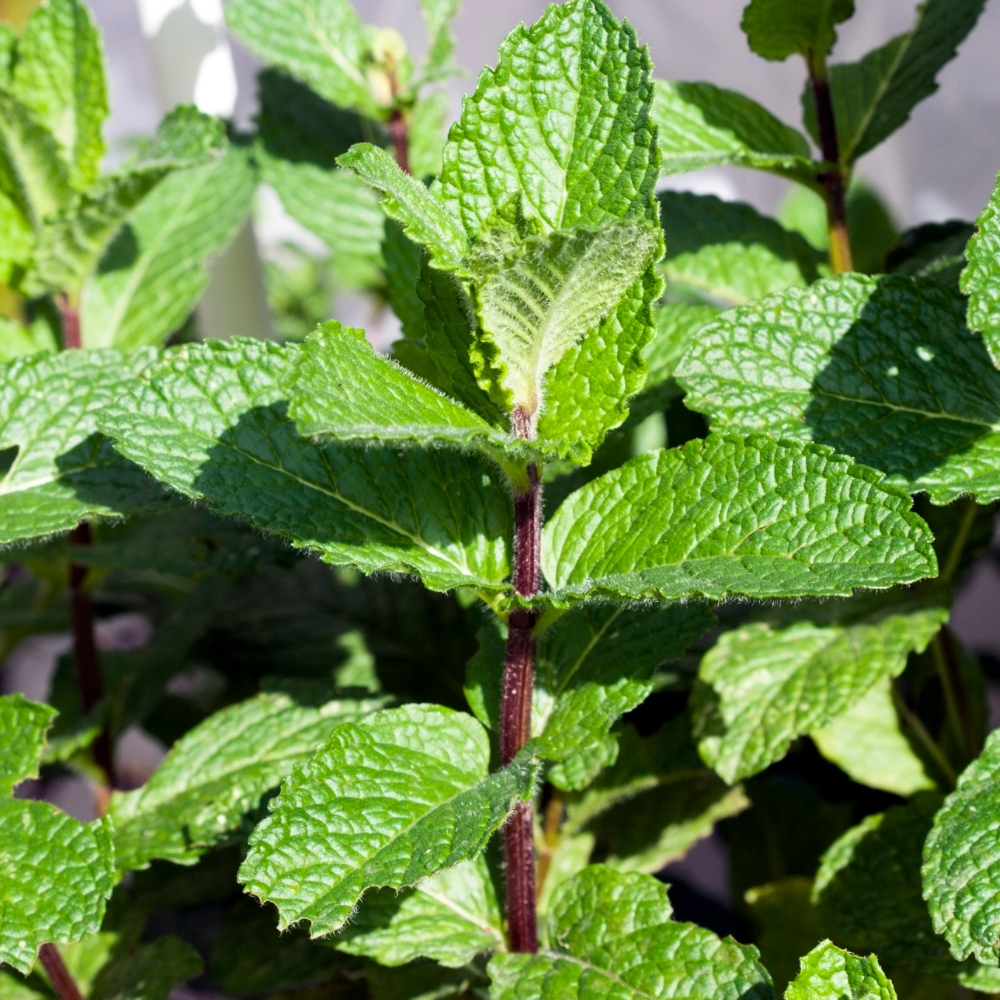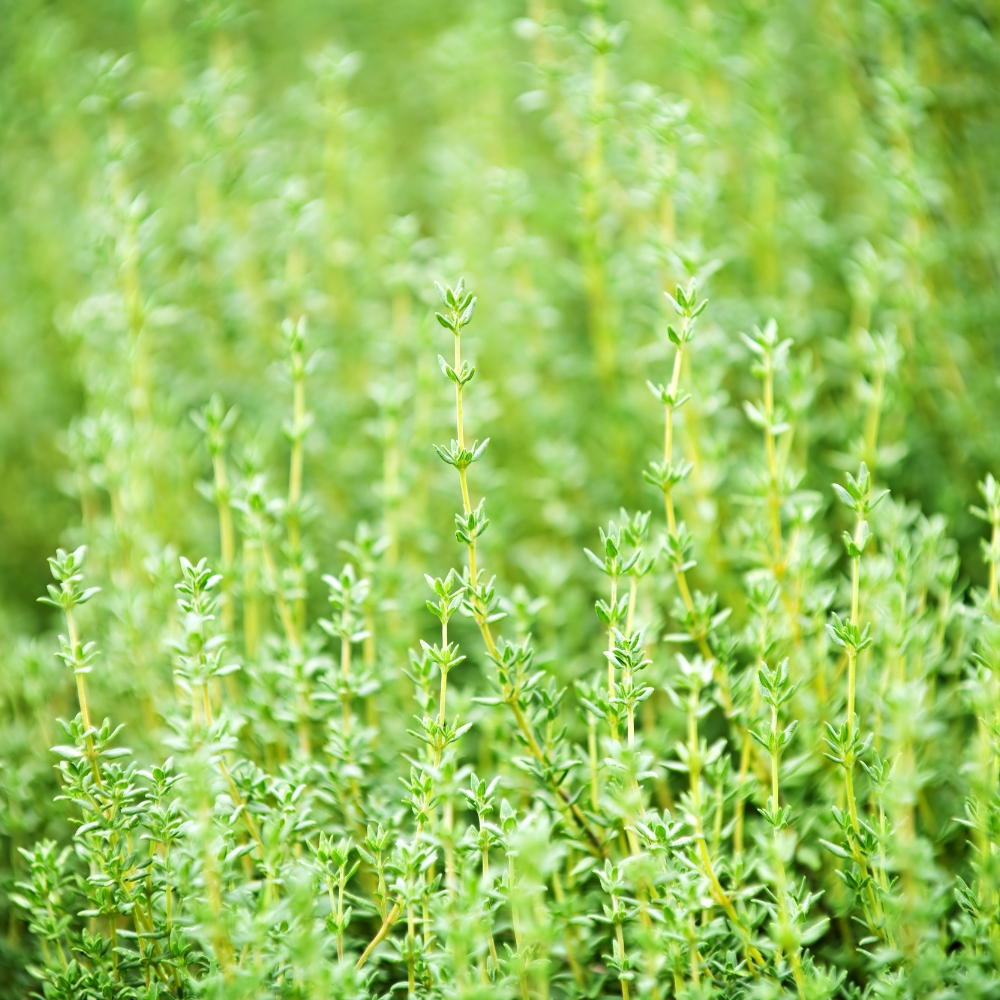
Broccoli is one of the most nutritious and gratifying vegetables to grow in your garden. Its crisp florets and tender stalks make it a versatile addition to meals, whether steamed, roasted, or enjoyed raw. With its vibrant green color (except for purple varieties) and high nutrient content, broccoli is a true standout crop that thrives in cool weather. A bountiful harvest is easy to achieve for gardeners of all skill levels.
This guide will provide all of the essential information to grow, harvest, and enjoy broccoli, including soil preparation, planting techniques, care tips, storage methods, and culinary suggestions.
Why Grow Broccoli?
Broccoli is celebrated for its incredible health benefits. Packed with vitamins C and K, fiber, and powerful antioxidants like sulforaphane, it supports immune function, bone health, and detoxification. Beyond its nutritional value, broccoli is a satisfying crop to grow, thriving in cool seasons and producing multiple harvests if well cared for.
Whether you’re a beginner or an experienced gardener, broccoli offers a low-maintenance yet highly rewarding gardening experience. Broccoli is also a vegetable that little tykes like to grow. They love to watch the “little trees” mature.
Types of Broccoli—You Choose!
Popular Varieties—These are the varieties that have consistently outsold others.
- Avenger: Avenger Broccoli is a reliable, heat-tolerant variety perfect for spring and early summer planting. It produces uniform, medium to large heads with tight, dark green florets and excellent flavor, making it a favorite for both fresh eating and cooking.
- Green Magic: Green Magic Broccoli is a standout hybrid variety known for its smooth, domed heads and tender, sweet taste. This variety thrives in warmer conditions, offering consistent harvests and excellent quality for fresh market and home gardens alike.
- Packman: Packman Broccoli is a fast-growing variety prized for its large, firm heads and prolific production of side shoots after the main head is harvested. With its short growing season, it’s ideal for gardeners looking for an early, dependable harvest.
- Imperial: Imperial Broccoli is a premium variety that thrives in cool weather, producing beautifully uniform, dark green heads with a rich, robust flavor. Known for its cold tolerance and excellent storage qualities, it’s perfect for fall planting and long-term enjoyment.
Let’s Get Started!
You’ll Need:
- Broccoli seeds or starter plants.
- A sunny (at least 6-hrs of sunlight) garden bed or container (minimum 12 inches deep).
- Nutrient-rich, well-draining soil.
- Compost or organic fertilizer.
- Mulch to retain moisture and suppress weeds.
- Garden trowel or hoe.
- Watering can or drip hose (the easiest way to water; a timer makes it even more efficient).
- Floating row covers (optional, for pest protection)
Step-by-Step Planting Instructions
Preparing the Soil:
Broccoli thrives in fertile, slightly acidic to neutral soil with a pH between 6.0 and 7.0. You cannot measure this without a pH tester; they are relatively inexpensive, but priceless for the best garden results.
Turn your soil with a tiller or hoe, incorporating compost or aged manure to boost soil fertility and improve moisture retention.
Planting Time:
Broccoli is a cool-season crop that produces best when grown in early spring or fall. Sow seeds indoors 6-8 weeks before the last frost or outdoors in the garden bed about 4 weeks before the last frost for a spring crop; plant in mid to late summer for a fall harvest.
Transplant seedlings outdoors 2-4 weeks before the last frost for spring planting, or 8-10 weeks before the first frost for fall planting.
Starting from Seed:
- Indoors: Sow seeds 1/8 to 1/4-inch deep in seed trays filled with moist seed-starting mix. Keep the soil consistently moist by misting.
- Maintain soil temperatures around 70°F for germination. Heat pads are the ideal way to maintain a consistent temperature, ensuring a better percentage of your seeds will germinate.
- Transplanting: Once your broccoli seedlings have 4-6 true leaves, harden them off before transplanting into the garden. You harden seedlings off by gradually acclimating them to your outdoor conditions before transplanting into your garden or into a container that is at least 12-inches deep.
- Direct Sowing: In regions with long cool seasons, sow seeds directly into the garden 1/2-inch deep and 12 to 18-inches apart. Thin seedlings to the strongest plants after germination and the plants have 4 to 6 true leaves.
Caring for Your Broccoli Plants
Watering:
- Provide 1-1.5-inches of water per week (depending upon your local weather conditions), keeping the soil consistently moist but not soggy.
- Avoid overhead watering to reduce the risk of fungal diseases.
Fertilizing:
- Feed plants with a balanced fertilizer (10-10-10) at planting and again when your broccoli heads begin to form.
- Supplement with compost tea or a fish emulsion solution for organic feeding. Compost tea is relatively easy to brew, especially if you already have a mature compost pile. If using tap water, let it sit for a day to let the chlorine dissipate; you definitely do not want chlorinated water. Rain water is the ideal water to use and makes good use of your natural resources.
Mulching:
- Apply a 2 to 3-inch layer of mulch to retain moisture, regulate soil temperature, and suppress weed growth.
- Once mulch is applied, move it about 2-inches away from the stems of your plants to prevent disease.
Supporting Growth:
Broccoli plants can become top-heavy as those beautiful heads develop. Use stakes or other small supports, if needed, to keep your plants upright, especially in windy conditions. The best practice is to provide that support in advance of windy conditions, which are totally unpredictable and could adversely affect your harvest.
Pest and Disease Management
As with most vegetables, pests and disease may be an issue. Below are the most common disease issues and pests, with suggestions for prevention and solutions to each problem.
Broccoli Pests
- Cabbage Worms and Loopers: Both are green caterpillars, or caterpillar-like pests that love chowing down on your brassica leaves. It is actually the larvae that do the most damage; they look like a tinier version of the adult. Looking under the leaves daily will alert you to an infestation. To control Cabbage Worms or Loopers, use row covers to protect your broccoli plants and handpick caterpillars as needed. If you handpick the caterpillars, put them into a container of dish-soapy water to kill them. You can also use food grade diatomaceous earth (DE) or Neem oil to help prevent an infestation.
- Aphids: They are tiny, typically black or brown, though other colors like orange and wooly-white may also be seen. Aphids are sap-sucking insects that cluster on leaves and stems. They can reproduce asexually which means a few becomes a lot in a very short amount of time. Quick identification is necessary, so spot check your broccoli plants daily. The holes aphids make when sucking the sap, also leaves an entry point for plant viruses. You can spray plants with a strong stream of water or use insecticidal soap. You can also plant companion plants to attract their many predators, including the American Goldfinch (put out feeders), Hoverflies, Parasitic Wasps, Lacewings, and numerous spiders.
- Flea Beetles: These are small beetles that create tiny holes or leave blemishes on leaves, preferring those vegetables and flowers that are part of the brassica family. Young seedlings are particularly appealing, and the damage they do may ruin your crop before it really gets started. They get their name from the fact that they have long black legs that they use to jump like fleas when threatened. They come in numerous colors with varying patterns on their bodies, so it may be easier to identify the damage as opposed to trying to identify this pest. Neem oil or diatomaceous earth can help deter them. Row covers may do the job, if they are securely fastened to the ground. You can also plant “trap” crops like basil, Nasturtiums, and radishes. These highly aromatic plants will attract the flea beetle, taking its focus off of your broccoli plants. Dusting the leaves with plain old talcum powder will repel them.
Broccoli Diseases
- Downy Mildew: Is a fungal disease that causes spots that first appear white or light yellow with darker spots throughout and then will spread to the rest of the broccoli leaf causing it to turn entirely yellow and curl. It can possibly be prevented by thinning crops to improve air circulation and avoiding overhead watering. If watering with a broadcast sprinkler, water in the morning so that it has evaporated; allowing water to sit on the plants overnight can lead to having downy mildew. Rotating your brassica crops with 2 to 3 years between planting in the same area may prevent the occurrence of downy mildew. Fungicide specifically for this fungus is recommended to control it. Do not discard diseased plants in your compost bin; bag them up and put them in your trash can.
- Clubroot: Leads to swollen, deformed roots and stunted plant growth. Clubroot is a soil-borne disease that affects vegetables and plants in the brassica family. It is not seed-borne but is often introduced through infected transplants or improperly produced compost. The infected roots are unable to absorb nutrients or water; the first sign may be stunted growth or yellowing leaves. If inspection of the roots reveals this pathogen, quick removal and discarding of the infected plants is necessary. Rotate crops and plant in well-draining soil to help prevent clubroot. High soil moisture, paired with low soil pH are prime conditions for this disease to proliferate. You can add lime to raise the soil pH above 7.
- Black Rot: Is a bacterial disease that affects brassica plants. You most likely will not see symptoms until your broccoli plants are actively growing heads. The first symptoms will be oddly-shaped, dull yellow splotches appearing on the edge of the leaves. These spots will eventually grow into a V-shaped area that is initially yellow but will turn brown or black. Rotating your crops to grow non-brassica related vegetables for 2 to 3-years will mitigate the occurrence. Plants with a low level of black rot may be salvageable at harvest. Simply remove the affected leaves and store your broccoli in a cool, slightly humid environment; dry is better than being overly wet. Remove and destroy badly infected plants immediately.
Harvesting and Storage
When and How to Harvest Broccoli
- Broccoli is ready to harvest when the main head is firm, compact, and 4-8 inches in diameter, depending upon the variety. Harvest before the florets begin to open or turn yellow.
- Cut the main head with a sharp knife, leaving a few inches of stem and some leaves intact. This will encourage side shoots to grow for additional harvests.
Broccoli Storage and Preservation
- Short-Term: Store fresh broccoli in the refrigerator for up to a week. Wrap in a damp paper towel and place in a perforated plastic bag.
- Freezing: Blanch broccoli florets for 3 minutes in boiling water, then cool immediately in an ice bath. Drain and dry very well and freeze in airtight containers or bags.
Cooking Ideas for Broccoli
- Roasted Broccoli: Toss florets with olive oil, garlic, and salt, then roast at 425°F for 20 to 25 minutes until tender and golden.
- Broccoli Stir-Fry: Sauté broccoli with soy sauce, ginger, and sesame oil for a quick and healthy side dish. You can add thinly sliced beef if desired.
- Broccoli Soup: Use a blender to blend cooked broccoli with cream, garlic, and vegetable stock for a comforting soup. Chopped and cooked onion, as well as celery can be added after blending. You may need to heat the soup on the stove for a nice, hot, helping.
- Broccoli Salad: Combine raw broccoli florets with dried cranberries, sunflower seeds, and a tangy yogurt dressing.
Growing broccoli can be both a fun and satisfying experience, adding beauty to your garden and exceptional nutritional value to your table. With a little care and attention…and the knowledge you’ve gained here, you’ll enjoy crisp, healthy, flavorful harvests in early summer and late fall. You can enjoy your harvest year-round if you freeze the broccoli you cannot eat.
Happy gardening and bon appétit!
































































































































































































































































































































































































































































































































































































































































